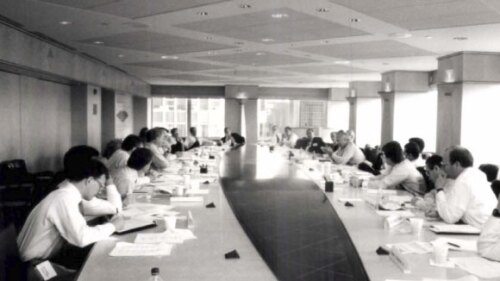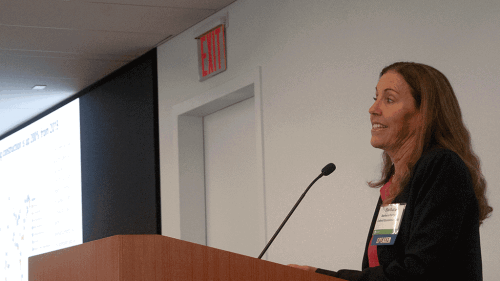Capital Markets and Finance
According to Morningstar DBRS, the Los Angeles–area wildfires have caused record property damage, with insured losses that could reach more than $30 billion. Despite many uncertainties on the path ahead for recovery and rebuilding of property and infrastructure, solutions are likely to require a lot of time and capital, as well as public and private stakeholders working in tandem.
Investors will be facing an environment wherein slower economic growth is expected in the coming years, explained Lawrence Lennon, director, capital markets at CBRE Vietnam, who spoke at a mid-November workshop during ULI Asia Pacific’s REImagine 2024 in Vietnam.
Canada’s real estate market is in the midst of a pivotal shift as the Bank of Canada (BoC) rolls back what has been “higher for longer” interest rates. Yet despite welcome relief on financing costs, real estate leaders are still moving somewhat cautiously amid uncertainty and fluid market dynamics.
Georgetown’s M.S. in Global Real Assets, a collaboration between a top-ranked business school and a premier center for global real estate, prepares you to address challenges at the intersection of real estate, infrastructure, and sustainability.
Real estate dealmakers look forward to a much busier 2025. High interest rates and uncertainty have choked markets for commercial real estate since rates began their relentless rise two years ago. In 2024, banks and other lenders struggled to underwrite new loans and refinance expiring ones. Potential buyers and sellers argued about the value of assets.
Held in fast-paced and bustling Ho Chi Minh City, Vietnam, in mid-November, ULI Asia Pacific’s REImagine 2024 brought together more than 100 professionals in a uniquely engaging way.
Although market dynamics are changing in countries across Asia, new opportunities are opening up in real estate investment
Consumers have kept a steady foot on the gas this year. A record-high 197 million consumers shopped in stores or online over the Thanksgiving holiday weekend, according to the National Retail Federation (NRF). The NRF forecasts that holiday sales will grow between 2.5 percent and 3.5 percent, with total retail spending in the United States falling between $979.5 billion and $989 billion during November and December. That forecast also is consistent with NRF’s annual U.S. sales growth—between 2.5 percent and 3.5 percent—for 2024.
The U.S. economy did very well in 2024, said Barbara Denham, lead economist for Oxford Economics, and the forecast for the coming year is more of the same—both in New York City and across North America. However, in presenting Oxford’s favorable economic forecast for 2025 at a ULI New York event last month, Denham also noted many caveats ahead of the incoming U.S. administration.
Conducted in October, the Emerging Trends in Real Estate® survey ranked Tokyo (1), Osaka (2), Sydney (3), and Singapore (4) as the four cities with the best investment prospects for the region. However, MSCI data and anecdotal reports reveal that market disparities are profoundly evident across both geographies and sectors in Asia Pacific.










